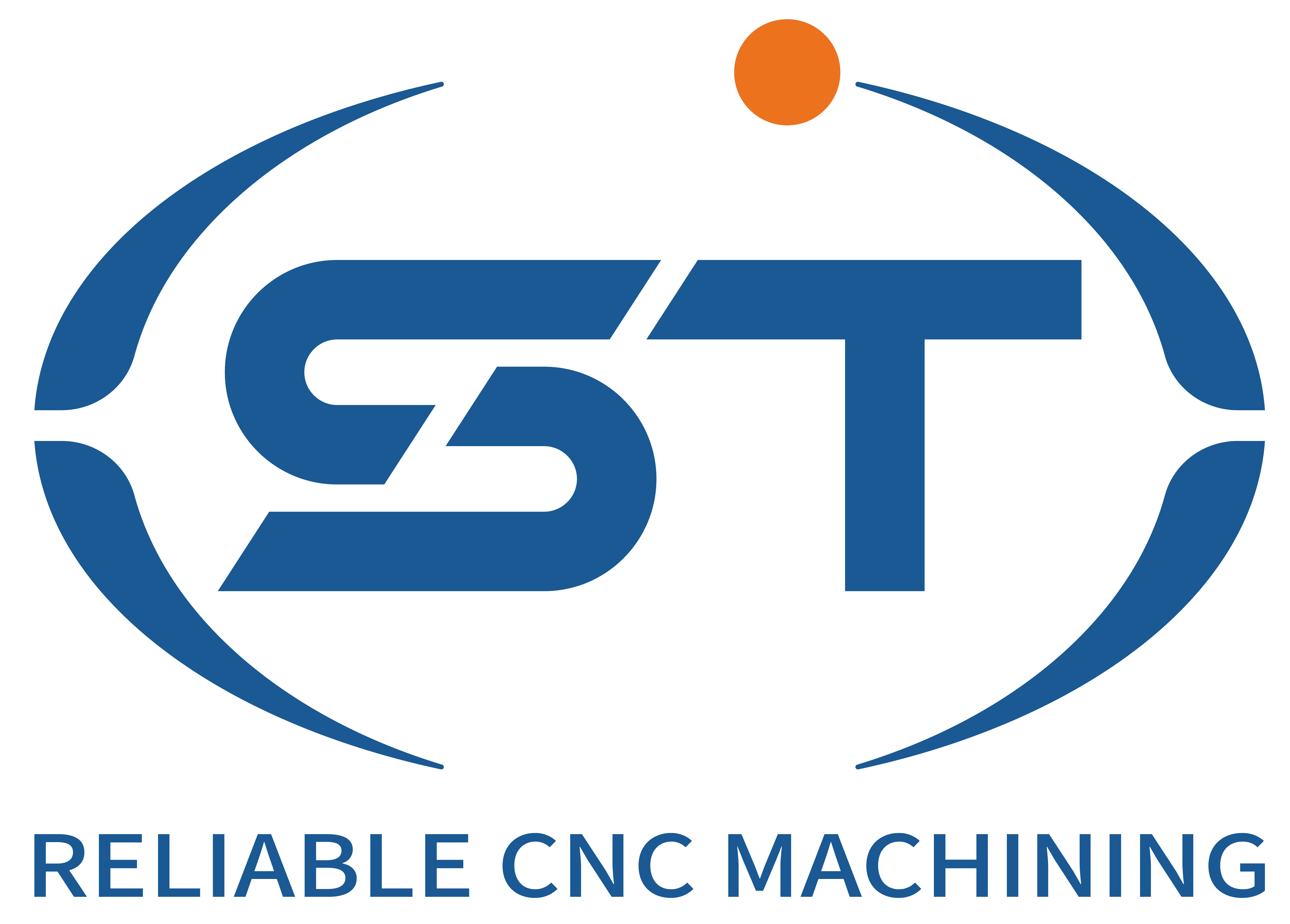Akkordeon #1 programming for automotive parts is a key link to ensure that parts are precisely manufactured in accordance with design requirements. Its process usually includes the following important steps:
Analyze the part drawings
Clarify technical requirements: Programmers must first carefully study the part drawings to understand the shape, dimensional accuracy, surface roughness, form and position tolerances, and other technical requirements of the parts. For instance, when it comes to the piston parts of an automotive engine, it is essential to be clear about their dimensional tolerances such as diameter, height, roundness, and cylindricity, as well as the specific values of surface roughness. These requirements will directly affect the selection of tool paths and the setting of cutting parameters during programming.
Identify key features: Locate the key features on the part, such as holes, grooves, bosses, curved surfaces, etc. Take the gears of an automotive transmission as an example. Their tooth profile, tooth top circle, tooth root circle, etc. are all key features. When programming, special processing strategies need to be formulated for these features to ensure their accuracy and quality.
Determine the processing reference: The processing reference is the starting point for part processing and measurement, and it is crucial for ensuring the processing accuracy of the part. Programmers should reasonably select processing references based on the structure of the parts and processing requirements. For instance, for some box-type automotive parts, the bottom surface and two mutually perpendicular side surfaces are usually taken as processing references.
Determine the processing technology
Plan the processing stage: According to the processing accuracy and surface quality requirements of the parts, the processing process is divided into rough machining, semi-finishing and finishing stages, etc. The main purpose of rough machining is to quickly remove most of the allowance and improve the processing efficiency. Semi-finishing further corrects the shape and size of the parts to prepare for finishing. Fine machining must ensure the final accuracy and surface quality of the parts. For instance, when processing automotive crankshafts, rough machining is carried out first to remove most of the material, followed by semi-finishing to adjust the shape, and finally finishing to meet the high-precision requirements.
Select the processing method: According to the different features and processing requirements of the parts, choose the appropriate processing method. For the plane, milling processing can be adopted; For holes, processing methods such as drilling, reaming, boring and tapping can be adopted; For curved surfaces, methods such as CNC milling or CNC turning can be adopted. For instance, when processing complex curved surfaces of automotive molds, multi-axis CNC milling is often adopted to achieve higher shape accuracy and surface quality.
Arrange the processing sequence: A reasonable processing sequence can reduce processing deformation, improve processing efficiency and ensure processing quality. Generally speaking, the reference surface should be machined first, and then other surfaces. Process the main surface first and then the secondary surface. First, carry out rough machining, and then proceed with fine machining. For example, when processing automotive chassis parts, the plane used as the positioning reference is processed first, and then other holes and planes are processed based on this reference.
Select the cutting tools and fixtures
Tool selection: Based on the material of the part, processing method and processing requirements, select the appropriate type, material and geometric parameters of the tool. The type of cutting tool should match the processing characteristics. For example, when processing planes, face milling cutters should be selected; when processing holes, drill bits, reamers, etc. should be chosen. The material of the cutting tool should take into account the hardness and cutting performance of the part material. For example, when processing high-hardness steel, hard alloy or ceramic cutting tools should be selected. The geometric parameters of the cutting tool, such as the rake Angle, relief Angle, main deflection Angle, and secondary deflection Angle, will affect the cutting force and the quality of the machined surface, and need to be optimized according to specific circumstances.
Fixture selection: The function of the fixture is to ensure the correct position and stability of the part during the processing. When choosing fixtures, the shape, size, processing batch and processing requirements of the parts should be taken into consideration. For single-piece and small-batch production, general fixtures such as vise and pressure plate can be adopted. For mass production, special fixtures should be designed to enhance production efficiency and processing accuracy. The design of the fixture should ensure accurate positioning of the parts, reliable clamping, and be convenient for clamping and disassembling.
Mathematical processing and calculation
Node coordinate calculation: For part contours composed of simple geometric elements such as straight lines and arcs, the node coordinates can be directly determined based on the dimensions on the drawing. However, for some complex curves and surfaces, such as the surfaces of automotive body panels, mathematical processing is required to discretize them into a series of straight line segments or arc segments and calculate the coordinate values of each node. Common mathematical processing methods include the equal spacing method, the equal chord length method, the equal error method, etc.
Auxiliary calculations: In addition to the calculation of node coordinates, some auxiliary calculations are also required, such as the calculation of the tool center trajectory and the calculation of cutting parameters, etc. The calculation of the tool center trajectory should take into account the tool radius compensation to ensure that the tool can process along the correct path. The calculation of cutting parameters should be based on the material of the part, the material of the cutting tool and the performance of the machine tool, and parameters such as cutting speed, feed rate and cutting depth should be reasonably determined to ensure the processing efficiency and processing quality.
Write the processing program
Determine the program format: Based on the type of numerical control system used, determine the format of the processing program. Different numerical control systems may have different program formats and instruction codes. Programmers need to be familiar with the programming rules of the systems they are using.
Program writing content: According to the program format and processing technology requirements, write the content of the processing program. The program content generally includes the program number, preparation function instructions (G code), auxiliary function instructions (M code), coordinate dimension instructions, feed function instructions (F code), spindle speed function instructions (S code), and tool function instructions (T code), etc. For example, when writing a simple planar milling program, parameters such as the starting position of the tool, cutting path, cutting speed, feed rate and spindle speed need to be specified.
Program optimization: After writing the processing program, it is necessary to optimize the program to improve processing efficiency and quality. The optimization contents include reducing idle travel, reasonably selecting cutting parameters, and optimizing tool paths, etc. For example, by reasonably arranging the tool entry and exit routes and reducing unnecessary idle travel, the processing time can be shortened. By optimizing the cutting parameters, the cutting efficiency can be improved on the premise of ensuring the processing quality.
Program verification and simulation
Tool path simulation: By using the simulation function of the numerical control system or professional numerical control processing simulation software, the tool path of the written processing program is simulated. Through simulation, the movement trajectory of the cutting tool can be observed intuitively, and it is possible to check whether the cutting tool interferes or collides with the part, fixture, etc., as well as whether the processing path is reasonable. If problems are found, the program can be modified in time.
First piece trial cutting: After completing the program verification and simulation, conduct the first piece trial cutting. The trial cutting of the first piece is an important link to verify the correctness of the processing program and the processing quality. During the trial cutting process, it is necessary to closely monitor the processing procedure and record information such as cutting parameters and processing time. After the trial cutting is completed, a comprehensive inspection of the parts is carried out to check whether the dimensional accuracy, shape accuracy, surface roughness and other aspects of the parts meet the requirements of the drawings. If it is found that the parts do not meet the requirements, the reasons should be analyzed, the program adjusted and modified, and then a trial cutting should be conducted again until the quality of the parts meets the requirements.
Program archiving and management
Program archiving: Archive the verified and correct processing programs for subsequent production use. When archiving, the name of the program, the name of the part, the processing date, the programmer and other information should be noted to facilitate query and management.
Program management: Establish a complete program management system to classify and manage processing programs, implement version control and backup. Regularly maintain and update the program to ensure its accuracy and reliability. Meanwhile, it is necessary to do a good job in the confidentiality of the program to prevent its leakage.




